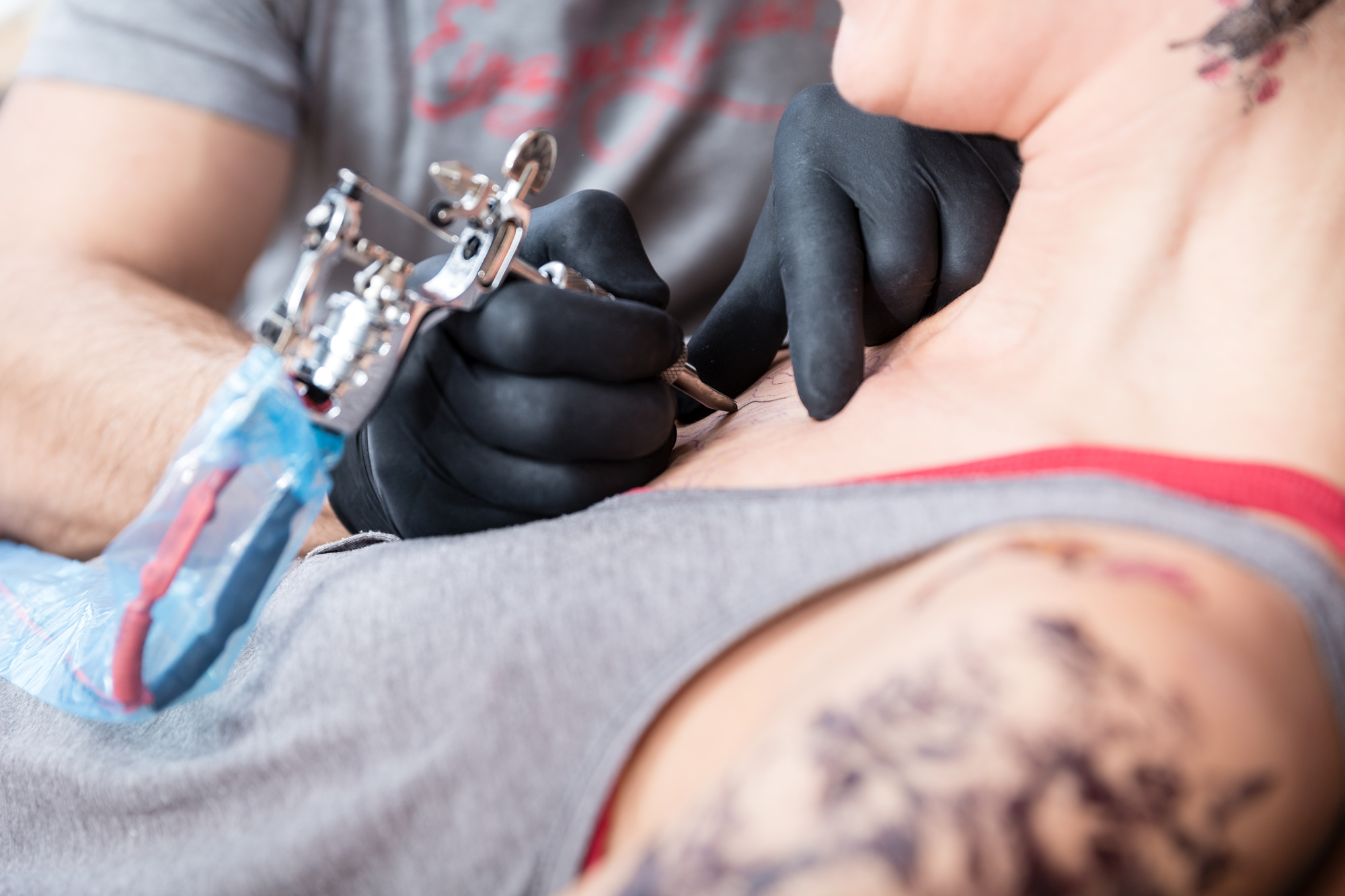
Did you know the process of getting a new tattoo, from initial consult to getting inked, often takes weeks? Many roll up to a tattoo shop with an idea of what they want and expect to walk out with a sick new tattoo a few hours later. If you want a truly awesome tattoo, it starts with the design process.
Follow these steps for designing a tattoo to make sure the final product is one you’ll love forever.
1. Have Reference Photos
If your tattoo design is more of an abstract concept at the moment, try to nail down specifics and look for reference images. Print out a few examples of what you want and make notes about coloration, style, or size/placement. This will help you choose a tattooist as you’ll see what final designs each artist produces.
Take your time to find an artist you click with and know what you want out of your session. Set up a first-appointment consultation with your pick of the best tattoo shops in MA.
2. Think About Tattoo Designs and Styles
There are dozens of tattoo designs and styles and artists tend to have a favorite or one they are especially good at recreating. Popular design styles include:
Old school/traditional: a common style for nautical-themed tattoos, traditional designs feature thick black lining and a color palette largely comprising green, red, yellow, blue, and brown.
New school/neo-traditional: similar to old school tattoos, new school designs use bold outlines but feature more vivid coloration and careful attention to detail.
Realism: also called photorealism, this design style uses color gradients to give the tattoo a lifelike, three-dimensional appearance.
Watercolor: characterized by splashes of bright color similar to those seen in watercolor paintings
Minimalist: a style using clean black lines and negative space to create small and simple yet elegant tattoos.
What style does your tattoo idea best fit into? Animal imagery or images that will be a part of a larger piece are good choices for old school or neo-traditional.
Watercolor is interesting for floral designs or scripts. Make sure to communicate the style you want with your tattoo artist or ask for suggestions when you design a tattoo.
3. Consider Placement
Tattoo placement, the spot on your body for the design, can make or break a tattoo. It’s difficult to tell just by looking at a drawing what the best location would be. A tattooist can help you decide the placement and explain factors like visibility, sizing, and how the appearance of the tattoo may change with time.
Another consideration when discussing placement is your pain tolerance. Spots with fewer nerve ending, thicker skin, and more fat are typically less painful. The most painful areas on the body to get tattooed are the underarms, ribs, shins, elbows, behind the knees, head, and along the spine.
You don’t want to begin a tattoo and realize you don’t like the placement or realize the area is too painful for you to endure. Also, tattoos tend to fade faster on areas like fingers or feet.
Designing a Tattoo Is the First Step
The process of building a wicked sleeve or getting a cool new piece all starts out the same way. Designing a tattoo begins with establishing your idea and getting reference photos; talk to your tattooist about style, and consider placement. Take your time so you will love your results.
Want to read more about fantastic topics like tattoos, fashion, and lifestyle tips? Take a look at what the rest of our blog has to offer!



Leave a Reply